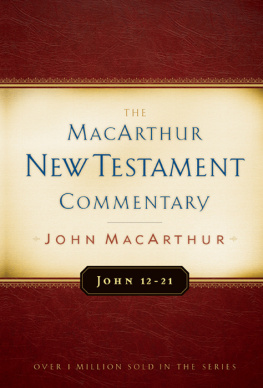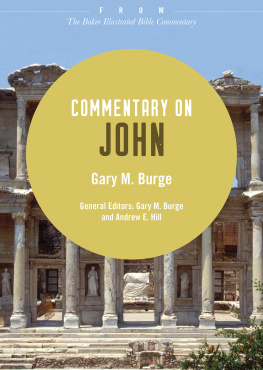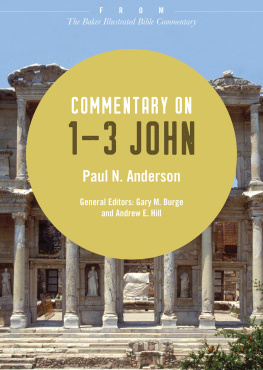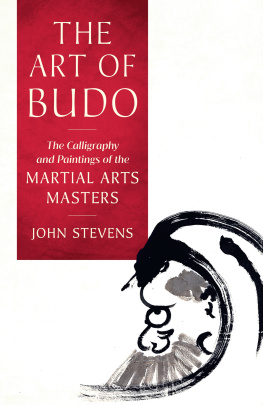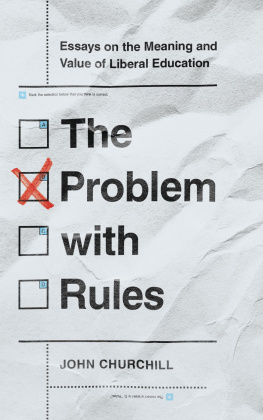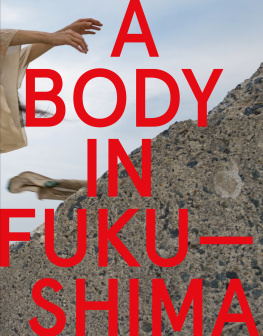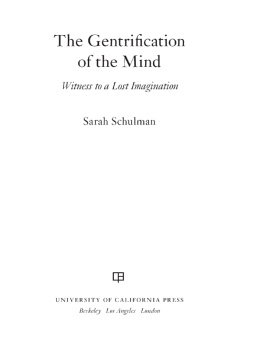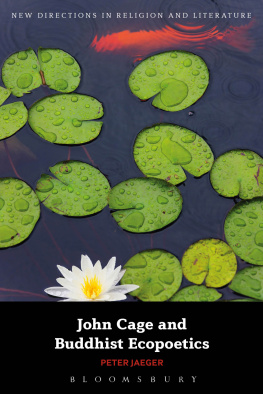

Copyright 2021 by John R. Killacky
All rights reserved
Cover + book design: liquid studio / lisa cadieux
Cover concept: Alex Mauss
Copyediting: Katherine Quimby Johnson, Larry Connolly, Dena Monahan, and Kate Schubart
Thanks to Vermont Humanities, Vermont Arts Council, Vermont Community Foundation, and Higher Ground for supporting the project.
Onion River Press
191 Bank Street
Burlington, VT 05401
Publishers Cataloging-in-Publication data
Names: Killacky, John R., author.
Title: because art: commentary , critique , & conversation / John R. Killacky.
Description: Burlington, VT: Onion River Press, 2021.
Identifiers: LCCN: 2021911802 | ISBN: 978-1-949066-85-2 (paperback) | 978-1-949066-86-9 (eBook)
Subjects: LCSH Killacky, John R. | Art, American--20th century. | Art, American--21st century | Art, Modern--20th century. | Art, Modern--21st century. | Arts and society--United States. | Art and social action. | Art--Political aspects. | Homosexuality and art. | BISAC ART / General | ART / Art & Politics | ART / Criticism & Theory | ART / LGBTQ+ Artists | ART / Popular Culture | PERFORMING ARTS / General | PERFORMING ARTS / Theater / History & Criticism
Classification: LCC NX180.S6 .K55 2021 | DDC 700/.1/030973--dc23
dedicated to larry connolly
commentary
Called to Serve
Leading Creatively: A Closer Look, National Alliance for Media Arts and Culture, 2010.
My career has been built upon what Buddhists call sho-shin or beginners mind. Zen master Shunryu Suzuki describes this state: In the beginners mind there are many possibilities, but in the experts mind there are few. I believe we are hired for what we know, but our job is to learn what we do not knowa task and responsibility I enjoy immensely.
I benefitted from professional opportunities like peer mentorship, leadership development, and time-outs for reassessment. More importantly, I have come to value the necessity of learning from and contributing to a mutual support network, nurturing oneself, and developing the artist within the arts administrator.
first steps
I started as a dancer, first with Chicago Moving Company, then, thanks to a scholarship in 1973, studying with Harkness Ballet in New York City. It was a heady time for my 21-year-old self. It was post-Stonewall. I found myself playing multiple characters in one of the first gay history plays, Jonathan Ned Katzs Coming Out! I then went on tour with Winnipegs Contemporary Dancers.
As soon as the season was over, I returned to Manhattan and stayed for twelve years. My aesthetic worldview was imploding/exploding: Meredith Monk performing in parking lots, Trisha Brown dancing on buildings, and Richard Foreman reimagining Brecht and Weill in Central Park. I performed with Jean Erdmans Theater of the Open Eye and tried choreographing on my own, while juggling various part-time jobs.
Eventually, I completed a B.A. in Psychology at Hunter College. I was unsure whether I wanted to continue performing, so in 1979 I journeyed to the Himalayan mountains to study with the Tibetan Buddhist leader, the Sixteenth Gyalwa Karmapa, at his monastery in Rumtek, Sikkim.
Long days were spent in the meditation hall. I would sit at the Karmapas feet when he taught, and prayed while watching him leave his body, as if molecularly disintegrating, and then return at the end of the chanting. His Holiness healed sick devotees from around the world. One morning torrential monsoon rains were stopped by chants and incantations so that concrete could be poured for a new retreat center roof. At dusk, rainbows emanated out of the dome-shaped stupa shrines.
Returning from my Himalayan sojourn, I stumbled into arts administration. Choreographer Laura Dean had just fired her executive director and mid-tour she asked me to fill in as her companys tour manager. I did not know what the job entailed but was eager to learn. For three years, I ran her one-person office and then moved to manage Trisha Browns dance company.
The dancer in me was called to work intuitively. I often relied more on ingenuity than on experience when booking tours, writing grant proposals, working with boards, and balancing the books. I was nave enough not to be daunted when contacting architect Michael Graves, asking him to design a set for Laura Deans Joffrey Ballet 1983 commission, Fire, or when cold-calling Jonathan Demme to film Trisha Browns Accumulation with Talking Plus Water Motor for the PBS series, Alive From Off Center.
mentors
Through the generosity of such elders as Art Becofsky (Merce Cunningham), David White (Dance Theater Workshop), Bob Yesselman (Paul Taylor), and Cora Cahan (Eliot Feld), I was coached to success. They always found time to help me with grant applications and visa intricacies. Introductions to funders, presenters, and overseas agents were proffered freely.
They functioned from a perspective of plenty and invested in the longer-term health of the dance field by supporting younger colleagues. Strategies and fundraising leads were often shared over drinks and dinners.
My next mentor, Christopher Hunt, was artistic director of PepsiCo Summerfare. I was hired as general manager in 1986. Christopher taught me about union contracts, operatic budgets, and classical music programming. I brought in my knowledge of the contemporary dance world that he recognized, empowered, and built upon.
After a lightning two years at Summerfareduring which we presented the North American premiere of the Frankfurt Ballet, under choreographer William Forsythe; Peter Sellars radical staging of Mozarts three operas; and Andrzej Wajdas Crime and Punishment, among many othersI was seduced into becoming senior program officer for the arts at The Pew Charitable Trusts in Philadelphia. The annual arts budget was $23 million.
I soon discovered bigger was not better. The Pew family and board were transitioning from being solely focused on Philadelphia to a more national scope. There was much tumult and staff churning. In 1988, I was recruited for the position of curator of performing arts at Walker Art Center in Minneapolis.
culture wars
During the next eight years, I presented over 5,000 artists. In January 1990, we put together a multidisciplinary series, Cultural Infidels. Historical films by iconoclasts Andy Warhol and Jack Smith were juxtaposed with John Greysons Urinal and Isaac Juliens Looking for Langston. Art and culture were politicized, this was nothing new. I was eager to support present-day provocateurs.
Karen Finley performed her profoundly moving We Keep Our Victims Ready. The first night was sold out. Two plainclothes police officers introduced themselves, telling me they were sent to determine if the performance should be closed down. Since this was the first night, I wondered why someone had complained to the police without having seen the work. The vice squad left midway through; there was nothing pornographic.
Two months later, Holly Hughes made her Walker debut reading an excerpt of Raw Meat as part of P.S. 122s Field Trips. She returned twice more, performing World Without End


